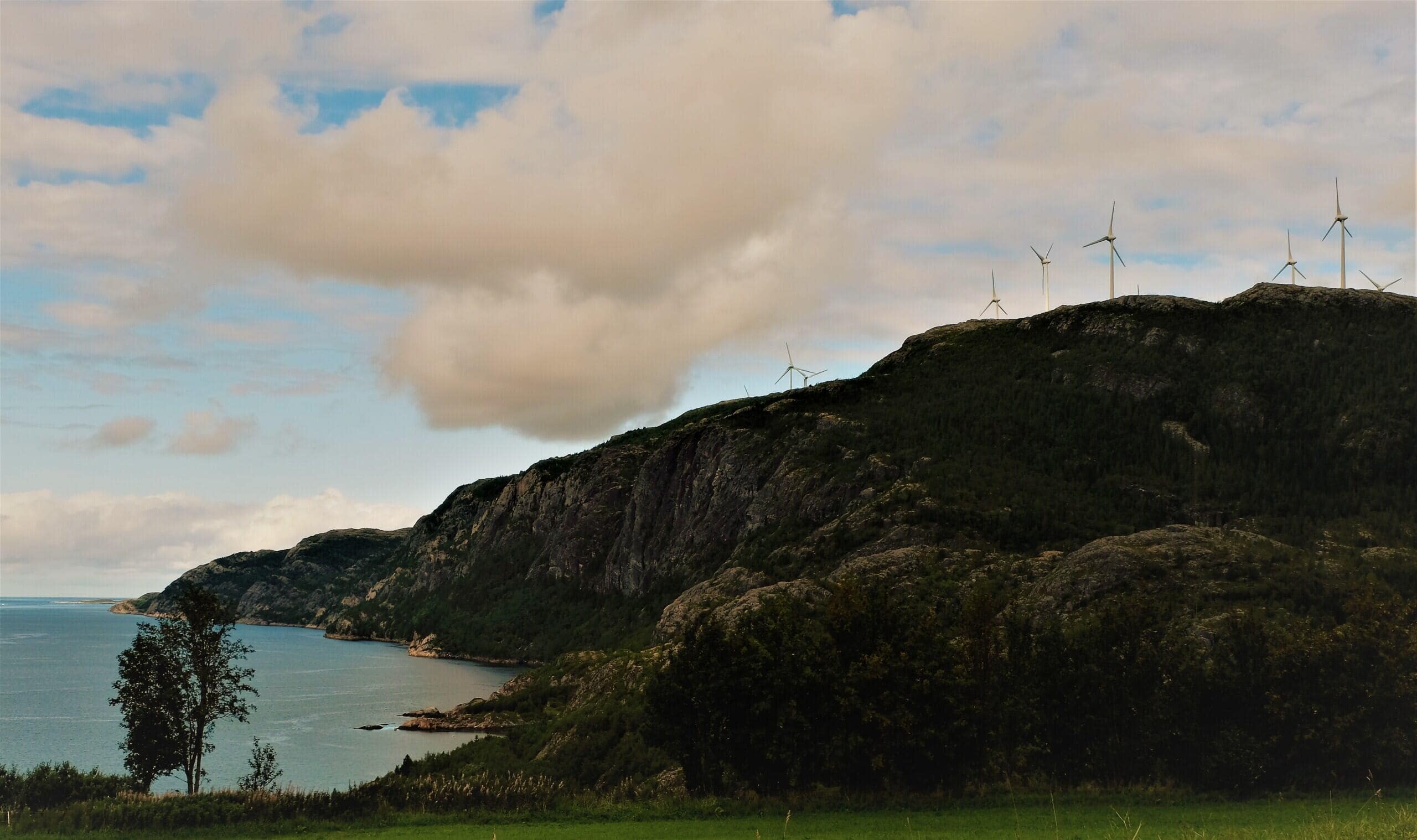The Arctic Institute's Arctic Extractivism Series 2024: Introduction

A looming shadow – Bessakerfjellet vindkraftverk in Åfjord municipality, Norway. Photo: Shayan Shokrgozar
Extractivism in the Arctic manifests in various forms, extending far beyond the physical extraction of natural resources. This series of papers invites readers to consider extractivism in its broadest sense, encompassing the extraction of knowledge, power, and cultural significance, as well as minerals, oil, and gas. Physical extractivism, perhaps the most visceral and visible form, involves the removal of natural resources from the Arctic’s fragile environment—mining for precious minerals, drilling for oil and gas, and harvesting marine life. These activities have profound impacts on the landscape, ecosystems, and the local and Indigenous communities whose livelihoods and cultural practices are intimately tied to the land and sea. The environmental degradation resulting from such activities can disrupt traditional ways of life, leading to conflicts over land use and resource management.
Beyond the physical, extractivism also encompasses the extraction of knowledge, culture, agency. Scientific expeditions and research projects often gather data and insights from the Arctic, sometimes without adequately involving or benefiting the local populations. These extractivisms can lead to one-sided narratives where the knowledge and expertise of Indigenous peoples are undervalued or ignored. Norway’s recent decision to open its waters to deep-sea mining has sparked significant debate, highlighting the tension between scientific exploration and the rights of Indigenous peoples. Similarly, the stalemate of the Fosen wind case, with its turbines still standing despite legal challenges, exemplifies how renewable energy projects can perpetuate extractivist practices. Such practices can reinforce power imbalances, perpetuating a colonial dynamic where external entities benefit from the Arctic’s resources, while the local communities bear the costs. By exploring these varied forms of extractivism, this series of papers underscores the multifaceted nature of resource extraction in the Arctic. It challenges readers to think critically about the broader implications of extractivism, advocating for a more inclusive and equitable approach that respects and integrates Indigenous knowledge and rights. Through this lens, the series aims to foster a deeper understanding of the complex dynamics at play in the Arctic, highlighting the need for collaborative and sustainable solutions that honor the region’s cultural and environmental heritage.
The Arctic Institute’s Arctic Extractivism Series 2024 begins with Emily Schmidt’s thoughtful reflections tracing how entrenched ideals of colonialism are playing out in the Arctic and a race for natural resources. As the region transitions from non-renewable to renewable energy sources, there are significant tensions between Indigenous communities and authorities, stemming from the historical and ongoing marginalization of Indigenous peoples in energy projects, both non-renewable and renewable, which often proceed without their consent and disrupt traditional practices. Dan Ziebarth highlights the Arctic political community, underscoring the need for urgent and coordinated action among stakeholders, including the European Commission and the Sámi people. Ziebarth suggests two possible actions aimed at integrated Indigenous knowledge into climate policies and improving EU collaboration with Indigenous peoples to protect the Arctic. Simone Weichenreider’s piece follows, emphasizing the importance of integrating Indigenous knowledge with Nature-Based Solutions to address climate challenges in the Arctic. By combining traditional ecological insights with modern conservation efforts, Weichenreider argues Indigenous-led initiatives can create more effective, sustainable, and culturally appropriate solutions for enhancing climate resilience in the region.
Aiste Klimasauskaite looks into the role of the scientific community in the Arctic in constructing narratives surrounding extractivism. Klimasauskaite asks what responsibility scientists have in communicating the uncertainties and potential consequences of deep-sea mining to support well-informed decisions by Arctic communities. Gudrun Havsteen-Mikkelsen presents an in-depth analysis of maps in all their forms, demonstrating their power for knowledge dissemination, as well as inviting extractivism. In the global race for resources in the Arctic, maps can signify political tensions and business interests, echoing broader concerns about green transformation and energy security. Lastly, Mirkka Ollila introduces us to the “triangle of extraction” – a nexus of planned mineral extraction projects on the traditional lands of the Saami located within Russia’s borders. Ollila critiques the increasing trend of green colonialism and reminds us about the need for equitable and transparent development in the green transition to prevent further exploitation of Indigenous lands and communities.
By delving into these diverse perspectives, we hope to illuminate the complexities of extractivism in the Arctic and call for a reimagining of how we all approach this region, while honoring the rights, knowledge, and voices of Indigenous communities and ensuring that the future of the Arctic is shaped by those who call it home.